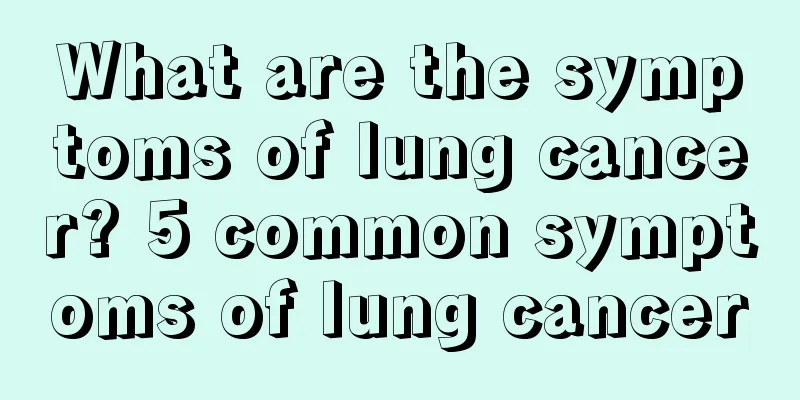What is the cause of hamartoma on the kidney

|
Renal hamartoma is a benign tumor usually composed of abnormal blood vessels, smooth muscle and fat tissue, which may be related to genetic, environmental, physiological and other factors. Treatment methods include regular observation, drug therapy and surgical resection. 1. Genetic factors. The occurrence of hamartomas may be related to genetic gene mutations, especially in patients with tuberous sclerosis. Tuberous sclerosis is a genetic disease that is often accompanied by the formation of multi-organ hamartomas. For people with a family history, genetic testing and regular physical examinations are recommended for early detection and intervention. 2. Environmental factors. Long-term exposure to certain chemicals or radiation may increase the risk of hamartoma. In daily life, we should avoid contact with harmful substances, such as pesticides, industrial chemicals, etc. At the same time, maintaining good living habits, such as quitting smoking, limiting alcohol, and eating a balanced diet, can help reduce the risk of disease. 3. Physiological factors. Changes in hormone levels may affect the growth of hamartomas, especially during pregnancy. Fluctuations in hormones in the body may stimulate tumor growth. In such cases, tumor size needs to be closely monitored, and drug treatment or surgical intervention should be taken if necessary. 4. Trauma. Trauma in the kidney area may lead to abnormal proliferation of local tissues, which may lead to the formation of hamartomas. In daily life, you should pay attention to protecting your waist and avoid strenuous exercise or accidental injuries. If you find discomfort or lumps in your waist, you should seek medical attention in time. 5. Pathological factors. Hamartomas are usually benign, but in rare cases they may be associated with other kidney diseases, such as renal cysts or renal cancer. Regular imaging examinations, such as ultrasound, CT, or MRI, can help clarify the nature of the tumor. For hamartomas that are large or cause symptoms, surgical resection should be considered. In terms of treatment methods, for asymptomatic and small hamartomas, a regular observation strategy can be adopted, with imaging examinations performed every 6-12 months. Drug therapy is mainly used to control symptoms or inhibit tumor growth, such as the use of hormone-regulating drugs or targeted therapy drugs. Surgical resection is suitable for patients with large tumors that cause obvious symptoms or are suspected of malignant transformation. Common surgical methods include laparoscopic surgery, partial nephrectomy, and complete nephrectomy. Although most renal hamartomas are benign, appropriate treatment measures should be taken according to the specific situation. Regular physical examinations and early intervention are the key to prevention and management. For people with a family history or high-risk groups, it is recommended to consult a professional to develop a personalized monitoring and treatment plan. |
<<: What causes hamartoma on the kidney?
Recommend
Is the pulmonary edema serious?
Pulmonary effusion is a relatively common lung di...
The efficacy and use of rat bags
The mouse bag, also known as the rice bag, is a p...
How can oral ulcers heal quickly
Oral ulcers often occur in our daily life. Some a...
Features of invisible and traceless hair extensions
Invisible and seamless hair extensions, also know...
Sliced Noodle Ingredients
Sliced noodles are a type of pasta that people ...
Why do children get liver cancer? Children should stay away from these snacks to prevent liver cancer
Primary liver cancer (pHC) is one of the most com...
August seasonal vegetables
Vegetables are indispensable ingredients in our l...
What to do if your nose becomes red and swollen due to squeezing blackheads
Blackheads are a kind of hardened oil substance i...
What to do if the kettle boils dry and turns black
Many people have experienced the situation where ...
Left groin swelling
The groin is located at the bottom of the abdomen...
The dangers of taking a bath with hot water
Bathing, like eating, is something that must be d...
What does Mycoplasma mean
Mycoplasma and Chlamydia infection in women is a ...
How long can patients with advanced nasopharyngeal carcinoma generally live?
How long can patients with advanced nasopharyngea...
Is there a difference between ground pepper and white pepper?
There is usually no difference between pepper pow...
How to detoxify and remove freckles
A lot of toxins accumulate in the human body and ...









